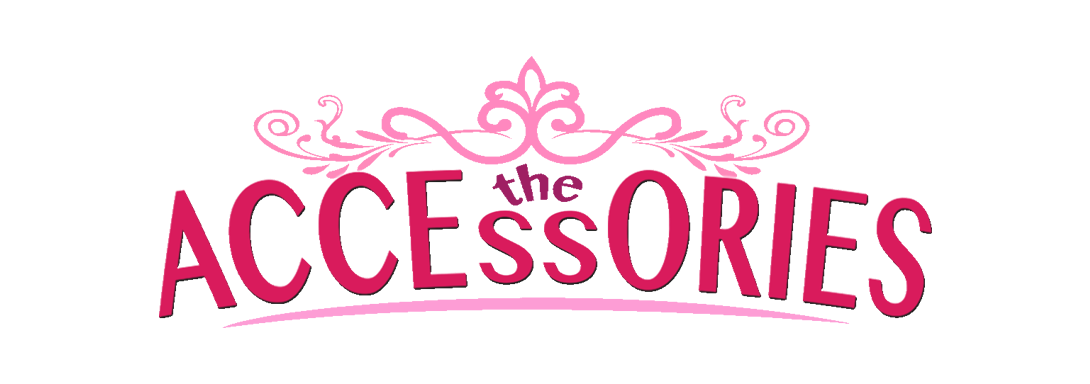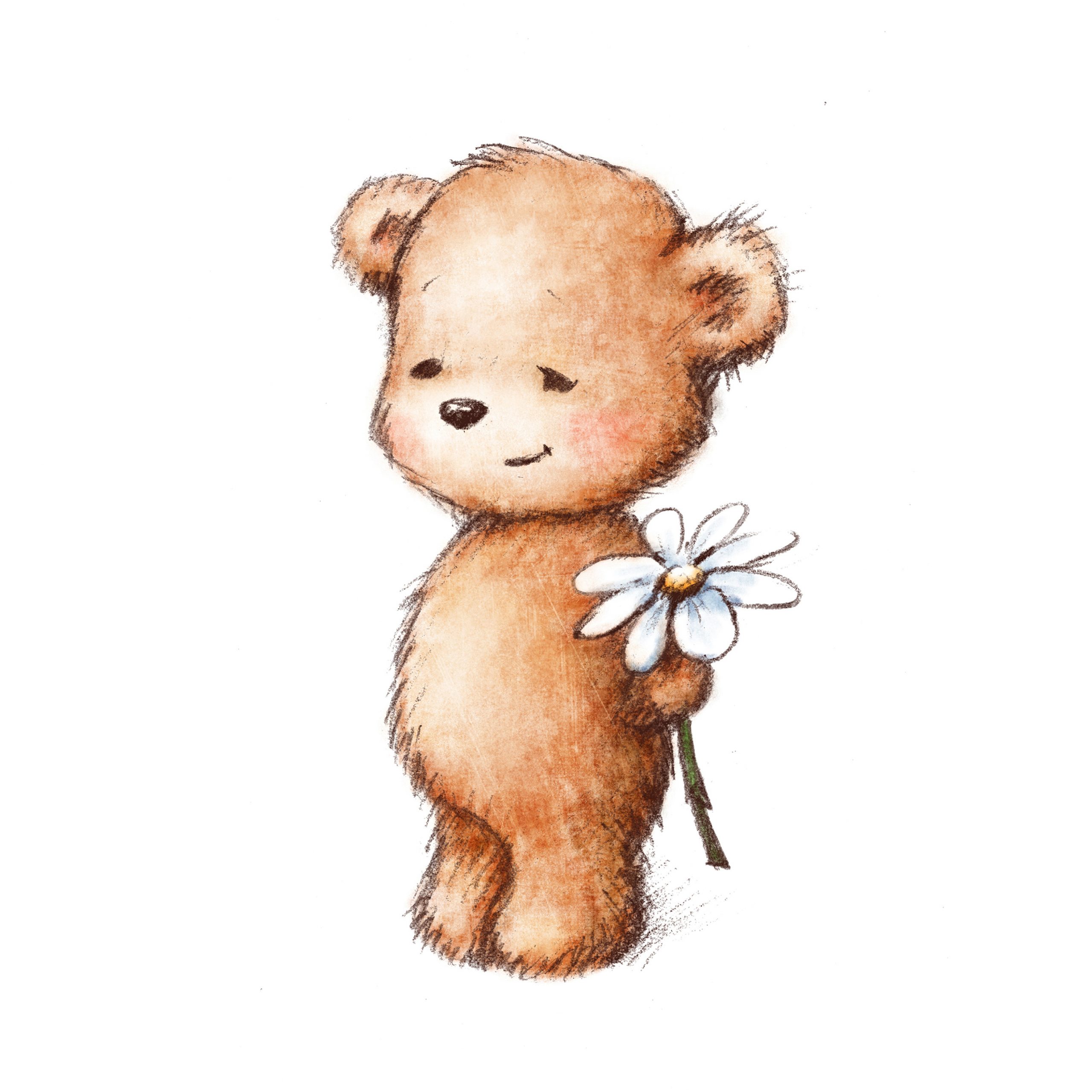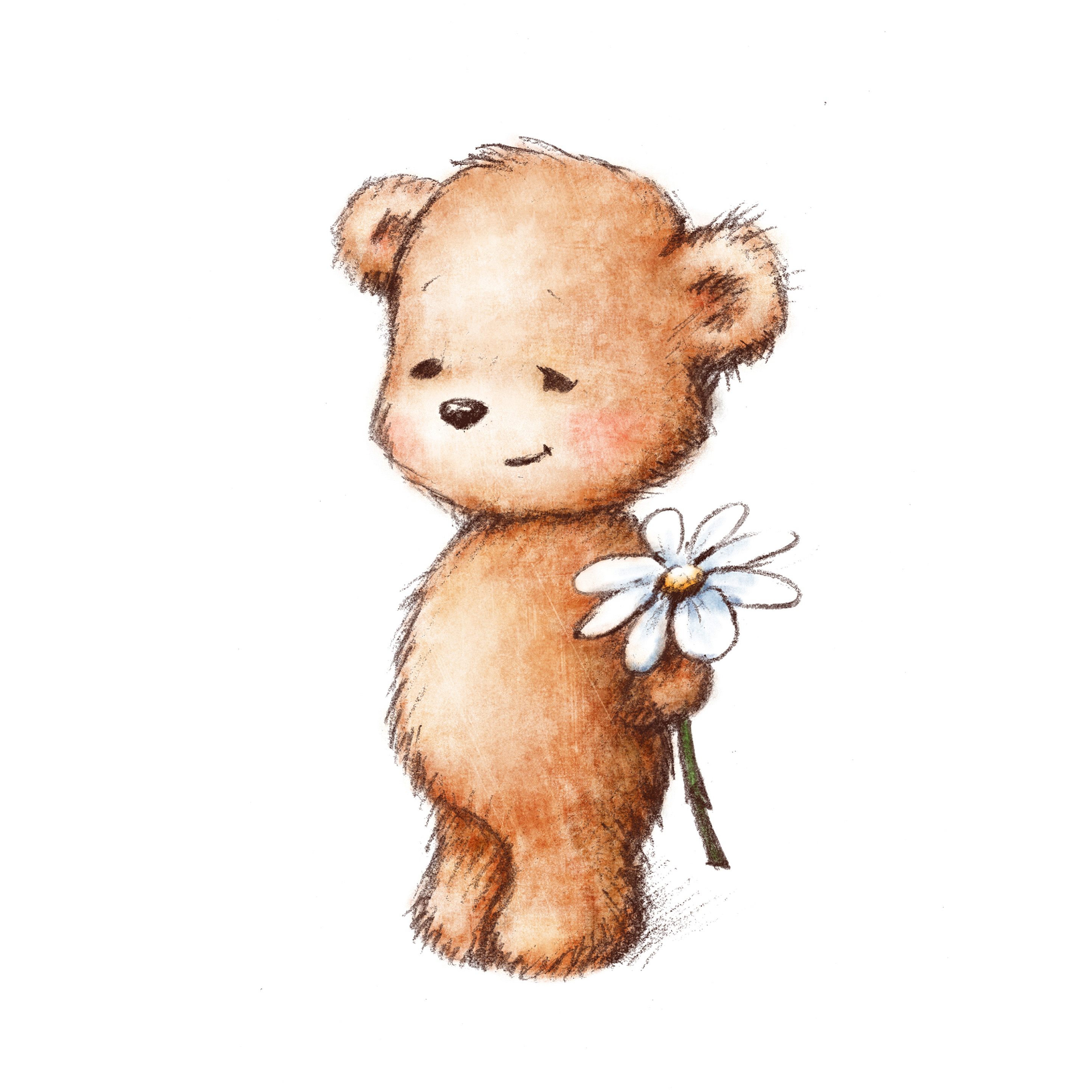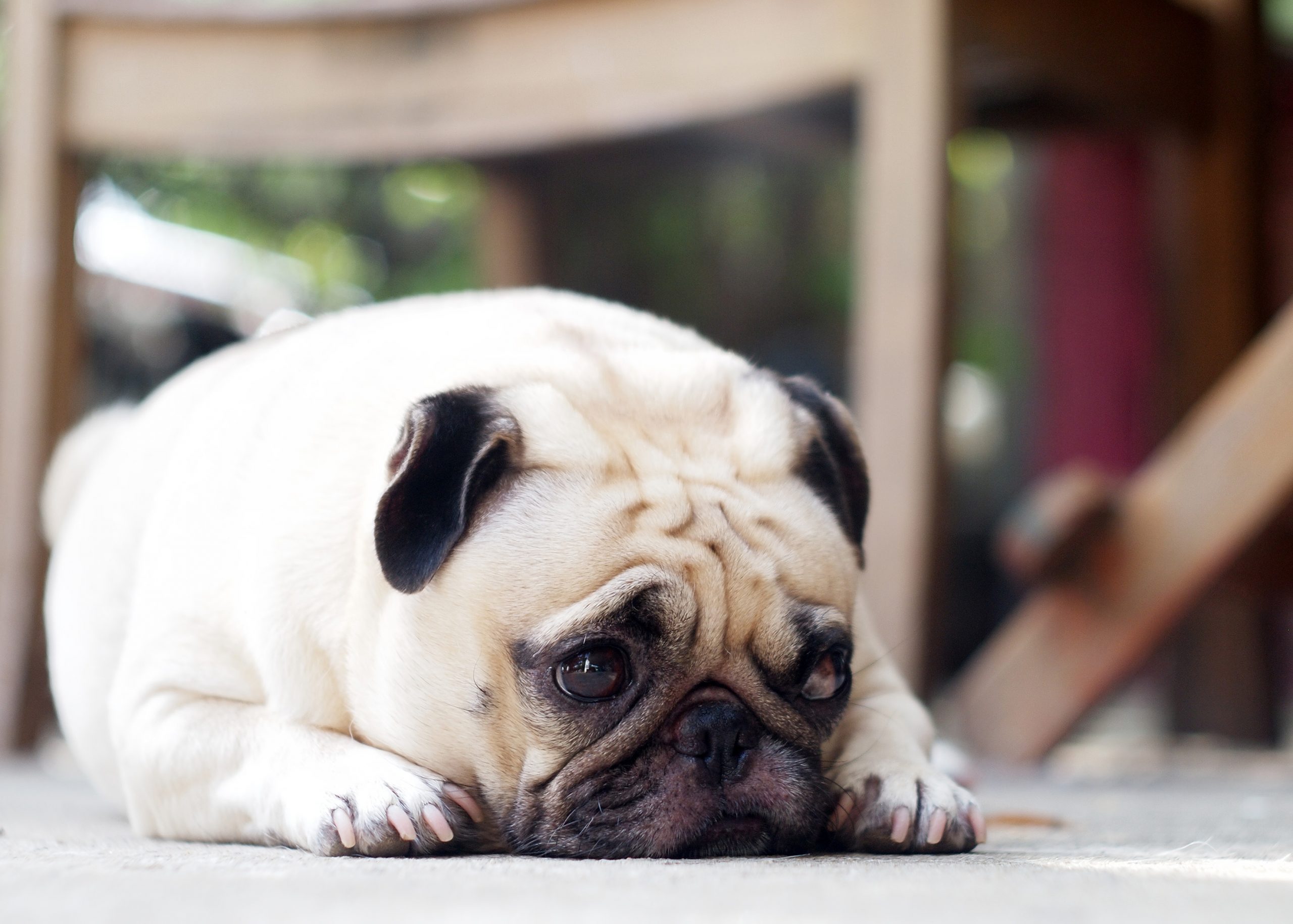Have you bought any “Dry-Clean” labelled dress or coat lately?
Or you already have dozens of dresses are”Dry-Clean” labelled?
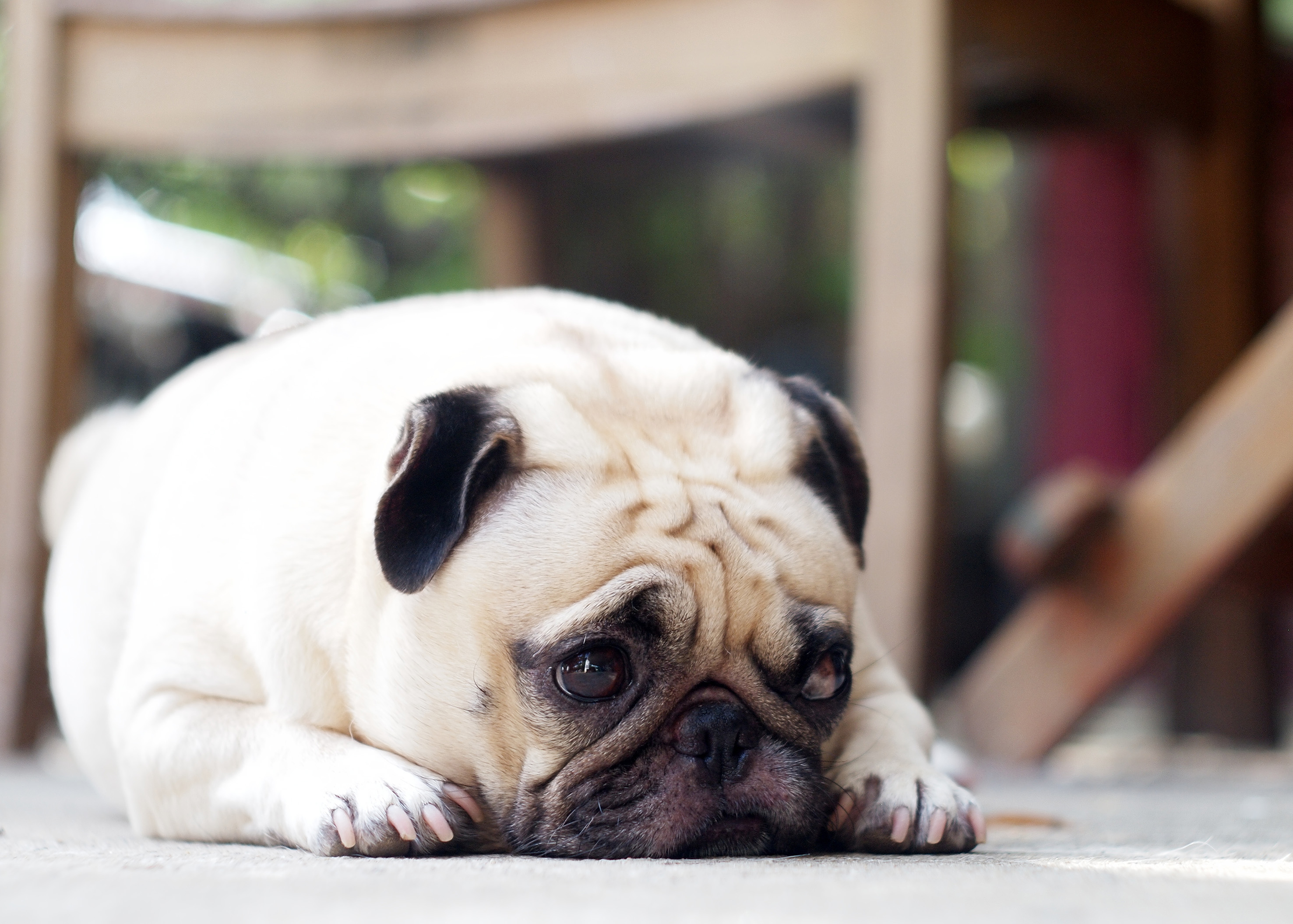
Feeling upset about needing to spend hundreds of dollars on sending these out to laundry shop? To many of us, it is a pain and expensive!
Maybe this comes strike your mind: can I hand-wash them by myself?
But how? Can I use normal detergent or need any special soap? Cold water or hot water? What are the steps? Are these steps to tedious to follow?
There are so many questions and doubts, afraid that you might use the wrong method to wash these apparels and spoilt them. As such, you give up. You decide to spend money and send these apparels to laundry shop for dry-cleaning. Or some of you might just wash these apparels in washing machines as normal…
Above are some of the problems that our customers feedback to us for past 6 years.
Majority of our Korea-imported dresses are “dry-clean” labelled. One of the reasons is the type of fabric used by authentic Korean suppliers are more fine and delicate. “Dry-Clean” method is preferred.
Most customers who know what is dry-cleaning and more affordable, they will diligently send all these apparels to laundry shop.
Some customers say they just put these apparels into individual laundry net and throw them in washing machine and wash as normal. Those “kia-su” customers will place the apparels into 2 to 3 layers of laundry net before throwing them to washing machine.
Many of the customers who do not mind washing, they will choose hand-wash method. Partial of them told us they do not wash their clothes themselves, their mums or household helpers do that for them.
So how to solve this problem?
“Machine-wash” is not encouraged, even you place all these dresses into individual laundry nets. Washing nets only good for those apparels with sequins, pearls or beads sewn on them. This method might not be suitable for “Dry-Clean” labelled.
Like we always tell our customers, if you can afford, please send all these dresses to laundry shop as they have the necessary chemicals/solutions to “Dry-Clean” them. For those who do not want to spend so much money, customers are always advise to use “hand-wash” method instead. After some research online we also found another method for those who want fast and efficient method: Using A Home Laundry Dryer.
Today, we decide to list down the steps for “Dry-Clean” labelled apparels using “hand-wash” and a home laundry dryer method.
“Hand Wash” method (one of the best recommended methods for all fabric, even for non-dry clean method):
- Check your apparel labels carefully (if there is one attached) before you start washing. Even the label does not indicate “Dry-Clean”, you might want to use this hand-wash method if the apparel is stretchable or sewn with sequins/beads or adornments as it may easily damage in washing machine.
- Get a clean large sink/basin and fill it with lukewarm water.
- Pour fews drops of mild/delicate washing detergents into the water. Stir them well by swirl the water using your hand to make sure the detergent is fully dissolved.
- Before you dip the apparel into the basin/sink, pay attention to the shape and size of the apparel so that you can re-shape it back correctly after wash.
- Immerse the apparel into water. Gently swirl and squeeze/knead the apparel in the water. Do not stretch, twist or pull the apparel.
- Let the apparel soak in water for 2-5 min.
- Gently squeeze the excess water out from apparel. Do not rinse or twist it. Place the apparel aside.
- Pour the water away and replaced with clean water. Swirl the apparel around in the basin/sink to rinse the excess detergent. Continue to change the basin/sink several times with clean water until the apparel is fully rinsed.
- If the fabric is in silk material, you may want to add drops of white vinegar into the first rinse. (some site recommend to add few drops of hair conditioner at the final rinse to give extra silkiness)
- After the apparel is final rinsed, lift up the apparel and gently squeeze out the excess water and transfer onto a flat big, dry towel.
- Roll up the towel with the apparel inside. Press it gently to squeeze out more water. Repeat this step with second dry towel if the first towel is wet by the apparel too quickly.
- Hang the apparel properly and air it. If the fabric is too soft and need to reshape, place it flat on a dry towel, arrange it to its original shape and let it dry.
This is the video that we found in YouTube which you can have more visual information: Hand-Wash Method by Howcast
Beside above method, we also found another interesting method use by Japanese: “Hand Wash” method plus Spinner:
The process is quite similar to above-mentioned ‘hand-wash” method. The major difference is the use of “Dryning” Detergent Solution and Washing Machine Spinning function. According to the site, it says “Dryning, containing Orange Oil and biodegradable surfactant made of natural products, can remove both water soluble stains and oil based stains at the same time, namely grease base stains by Orange Oil, and water-soluble stains by natural surfactant. The cost of washing is extremely low compared to dry cleaning service (less than 18 cents per a pair of trousers when washed in 30L water). Unlike dry cleaning, that uses organic solvent, mostly Perchloroethylene or PERC, which is considered toxic and carcinogenic, Dryning is safe and human-friendly & eco-friendly products, and removes both oil and water based stains, thus most recommended.
We have tried to find this solution online through our local Supermarket, eg NTUC, Cold storage and even Japanese stores eg Isetan and Meidi-ya, none of them sell this solution. Nevertheless, if you find this solution locally, you can use and try this method. If possible, let us know so we can inform our customers too! Share the info with love!
The steps are:
- Again, check your apparel labels carefully (if there is one attached) before you start washing.
- Get a clean large sink/basin and fill it with 15ml Dryning solution into 30l water.
- Stir them well by swirl the water using your hand to make the detergent is fully dissolved.
- Place the neatly folded apparel into the water to absorb water thoroughly. If the apparel is heavy (especially wool-typed material), gently push it several times to let the water comes in and out.
- Let the apparel soak in water for 10-15 min. No need to move or rub it as it may cause shrinkage and wrinkle to the apparel.
- Lift the apparel up and gently squeeze the excess water out from apparel. Do not rinse or twist it. For heavy apparel, you can hang it at the edge of bathtub or bathroom to let the water drip out.
- Pour the water away and replaced with clean water. Soak the apparel for another 20-30 seconds. Again for heavy apparel, push it gently several times to let the water comes in and out.
- On your washing machine and tune it to spinning function. Place your neatly folded apparel into the machine and spin it for10-15 secondsat full speed. Stop it immediately after 10-15 seconds to avoid losing shape or winkles.
- Hang the apparel properly and air it.
According to vthe site, this method is good for down coat, wool coat, suits, sweater, uniform, ties, scarfs, etc.
Here’s the video that we found in YouTube which you can have more visual information: Dryning Solution by uyekiorange
If you have a laundry dryer at home, you may use the following steps but you have to get the right detergent solution first –Dryel which can be found at Cold storage in Singapore.
Dryel is a at-home dry cleaners. It uses biodegradable cleaning agents and no harsh chemical is used. Official website is Dryel Official Website but now is under re-construction. You can visit their facebook at Dryel Facebook Site or Pinterest at Dryel Pinterest Site Their product consists of Dryel Starting Kits and Dryel Refillable Pack.
You can use Dryel to wash your”Dry-Clean” labelled apparels with your home laundry dryer machine, at the same time with other types of apparels in your normal home laundry washing machine. 2 machines at 1 time. With this, you can save money on laundry shops.
Steps involved:
- Place all the”Dry-Clean” labelled apparels into a laundry dryer bag with a Dryel cleaning cloth.
You can even place those with delicate fabric or designer label apparels, even they are dark or colourful in colours.
No shrinking and stretching for sweaters or apparels with stretchable fabric too!
If your apparel has stain mark, you can use Dryel On-the-Go Stain Removal Pen to rub on the stain spot before place the apparels into dryer bag.
- Zip up the bag and put it into your dry machine for about 30 minutes. After that, take the apparels out from the bag and hang them up. They will be fresh and clean!
By using Dryel, you save money, time electricity and water.
This is the video that shows how Dryel works: Dryel by DRYEL
After reading all the above methods, have you decide on which method to use for your”Dry-Clean” labelled apparels?
Nevertheless, these methods are just some guides that we can help to find for our valuable customers. You may have a better method than the above-mentioned ones. If you do, please let us know so that we can share them in our next round of blog!
See you around!
Postman of Tiramisu Boutique
theaccessories.co
I love washing, hoovering, ironing, you name it. I find it very therapeutic.
Keeley Hawes
Read more at http://www.brainyquote.com/quotes/keywords/washing_2.html#E36QsEvzerxBWkc9.99
